
BookShark believes that reading is the keystone of learning. For that reason, we have educational experts carefully curate our books which form the basis of our curriculum and serve as the basis for BookShark’s Proprietary Instructor’s Guides.
Our curriculum programs in every grade are supported by highly researched and proven sets of readers. And we’re proud of them. We wanted to take a moment and give you a feel for the highlights of the Third Grade readers.
The Third Grade book list encompasses a range of content, perspective, style and award-winning titles. Here is a spotlight on five included books:
1. Pedro’s Journal
Pam Conrad
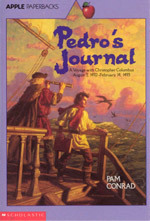
Set in the period of 1492-1493 during the actual voyage of Columbus to the New World, Pedro’s Journal uses historical facts and research as its backbone, and fills out the story with historical fiction. In it we meet Pedro de Salcedo, who is a ship boy aboard Christopher Columbus’ Santa Maria. The story of his journey across the Atlantic and around the Indies is told to us through his journal entries.
We learn about the native people he encounters and how the Spanish explorers treated them. Pedro also talks about Columbus’ character—describing him as egotistical and hot-tempered. This creates an opportunity for discussion about what having character means. This quite direct and accurate representation of Christopher Columbus’ journey provides many avenues for learning.
In it children do their own exploring through history, through geography, and through exposure to ways of life that are not their own. Readers also learn about historical figures, the Renaissance, and they are given the opportunity to think about confronting and resolving fears.
2. The Secret of the Sealed Room
Bailey MacDonald
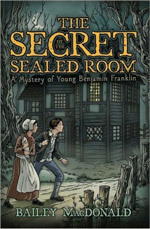
Can you imagine what a young Benjamin Franklin would have been like? In The Secret of the Sealed Room, readers are given the opportunity to do just that. A young Franklin joins forces with a young indentured servant named Patience, who has fled after her owner has been poisoned and robbed—a crime of which she is the greatest suspect. The two work together to find the true murderer and thief, and free another of the wrongly accused. Through this mystery, readers experience what it was like in early 18th-century Boston, especially as a poor child.
Each chapter begins with a real quote from Ben Franklin, adding to the book’s educational value. Also, readers experience 14-year-old Patience’s struggle with her modern ideas about women, which don’t match up to the times. All the while, readers are developing a more interactive understanding of one of the most important characters of American history—Benjamin Franklin.
3. The Magic School Bus Inside the Human Body
Joanna Cole
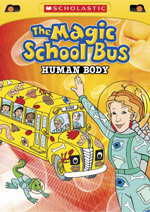
After and teaching her class about the human body and taking a field trip to the science museum, Mrs. Frizzle shrinks the bus and the class–except for Arnold, who swallows them. Readers are then taken on a journey both inside and outside of the body. Inside, the bus travels through the digestive system and enters a blood vessel while a character talks about the properties of blood cells. The students even get out of the bus (while still inside the body), climb down the bones of the spine, and learn about nerves and muscles. The students eventually do make it out of Arnold’s body and are then able to chart the human body from actual experience.
This reader is a superb example of how reading provides a basis for education in a wealth of traditional third-grade subjects.
4. Phoebe the Spy
Judith Griffin
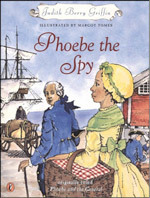
It is 1776 and the setting is Manhattan. Thirteen-year-old African American Phoebe is a housekeeper in the home of George Washington, who at the time was a Revolutionary War leader. Except she isn’t a housekeeper at all—she’s a spy. Phoebe has caught wind that someone is planning to murder Washington, and she is determined to protect him.
Readers learn about African-American perspectives during the Revolutionary War, and women’s history. They learn about courage, bravery, heroism and honor. And equally, if not more important, children learn how all it takes is a “regular girl” to change the course of history for good.
5. Swift Rivers
Cornelia Meigs
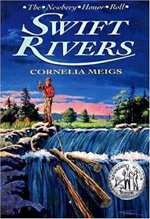
Eighteen-year-old Chris takes readers on a truly American journey after he cuts down trees to make a raft, and takes that raft down the Mississippi river to the lumber Mills in St. Louis. He’s decided to leave his grandfather’s small cabin in Minnesota, and give way to his dream of living his life like the wandering Easterner he once heard about. The novel is fast-paced and adventurous—and full of information and images about the United States in1835 during the early days of the logging industry.
These are only five of the readers that comprise the third-grade BookShark curriculum, but they offer a flavor of what you can expect. Superb stories, historical perspective, a cross-disciplinary approach to learning, and a sense of curiosity and creativity.
To learn more about BookShark’s book-based homeschool curriculum, visit BookShark.com.


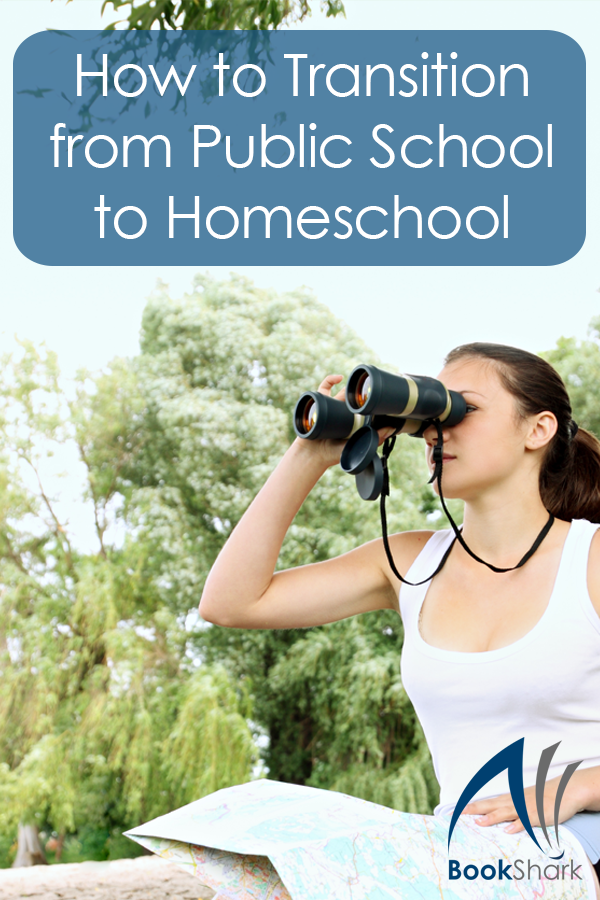 4. Set goals
4. Set goals